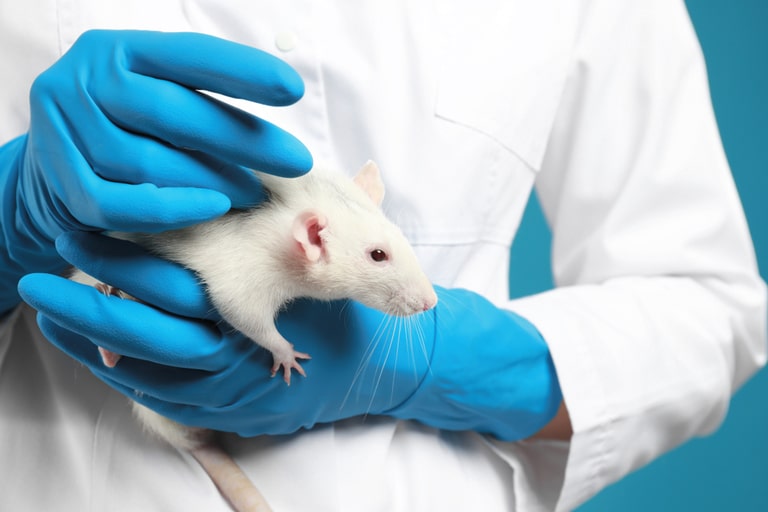By Joseph LeDoux, Director of the Emotional Brain Institute at New York University
Articles are intended for educational purposes only. iDose takes no formal position on the related issue of animal ethics.
This is the sixth in a series of posts related to my 2019 book, The Deep History of Ourselves: The Four-Billion-Year Story of How We Got Conscious Brains, which explores mind and behavior, in the context of the very long history of life on earth. Other related posts can be found by visiting my blog, I Got a Mind to Tell You.
Every species, is by definition different from every other one, but is more similar to closely related species than to more distantly related ones. Although rats and mice are commonly studied in the effort to understand brain and behavior, our brains differ significantly from theirs, especially in terms of the organization of cortical areas that are responsible for many of the behavioral and cognitive talents excelled in by human. While our brains are closer to the brains of other primates, there are some aspects of the human mind that are difficult to study even in these near relatives.
None of this means that other animals are mindless robots or that we are somehow better then they are. It simply means that we are different. As a result, we can learn quite a bit about some aspects of brain and behavior from other animals, but some things require research on humans. I will illustrate what research on other animals can and cannot tell us, focusing on fear and anxiety for illustrative purposes.
What We Can Learn about Brain Mechanisms Related to Fear and Anxiety from Studies of Other Animals
1. How threats are processed.
2. How threats gain control over innate reactions (freezing, fleeing).
3. How threats induce physiological arousal.
4. How instrumental actions (approach and avoidance) are learned and controlled.
5. How threats capture attention.
6. How hypersensitivity and over-responsiveness to threats come about.
7. How implicit and explicit memories are formed, stored, consolidated, reconsolidated, and extinguished.
8. How extinction might be enhanced and to be more persistent.
9. How basic cognitive processes underlying working memory and nonconscious cognitive deliberation work.
What We Can’t Learn
1. How the subjective conscious experiences that humans refer to as fear and anxiety emerge from the brain.
2. How to directly treat the subjective conscious experiences that make problems of fear and anxiety mental (as opposed to behavioral) problems.
Conclusions
There is so much that we can learn from animal research. But failure to recognize the limits of such studies has led to unrealistic expectations about what they can tell us, especially in the development of medications to make people feel less fearful or anxious, as opposed to less hyper-reactive, overly avoidant, excessively aroused, and so on. Once we recognize that subjective experience has to be dealt with on its own terms, it paves that way for the integration of the sciences of emotion and the science of psychotherapy with the science of consciousness.
The point of this blog is not that other animals lack conscious experiences. Instead, it is that scientifically it is difficult to demonstrate such experiences in them. Please do not reject the ideas in this post without evaluating the detailed arguments made in the literature cited below. The arguments are developed most thoroughly in The Deep History of Ourselves: The Four-Billion-Year Story of How We Got Conscious Brains, but many key points can be found in other posts in this blog.
Joseph LeDoux directs the Emotional Brain Institute at NYU and at the Nathan Kline Institute for Psychiatric Research. He is the author Anxious: Using the Brain to Understand and Treat Fear and Anxiety.
References
LeDoux JE (2012) Rethinking the Emotional Brain. Neuron 73:653-676.
LeDoux JE, Pine DS (2016) Using Neuroscience to Help Understand Fear and Anxiety: A Two-System Framework. Am J Psychiatry 173:1083-1093.
LeDoux JE (2015) Anxious: Using the brain to understand and treat fear and anxiety. New York: Viking.
LeDoux JE (2017) Semantics, Surplus Meaning, and the Science of Fear. Trends Cogn Sci 21:303-306.
LeDoux JE, Brown R, Pine DS, Hofmann SG (2018) Know Thyself: Well-Being and Subjective Experience. In: Cerebrum New York: The Dana Foundation.
LeDoux JE and Daw ND (2018) Surviving threats: neural circuit and computational implications of a new taxonomy of defensive behaviour. Nat Rev Neurosci 19:269-282.
LeDoux JE The Deep History of Ourselves: The Four-Billion-Year Story of How We Got Conscious Brains. New York: Viking.
Note: The views expressed in this article are the author/s, and not the position of Intellectual Dose, or iDose (its online publication). This article is republished with permission.



